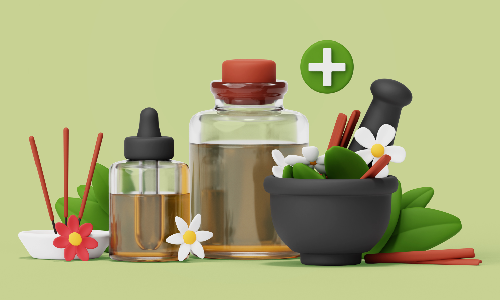The prevalence and rise in the number of people suffering from chronic health conditions globally has sharply grown. From autoimmune disorders and diabetes to obesity and arthritis, chronic conditions significantly affect the quality of life of those suffering. The growing number of people suffering from chronic disorders has placed a substantial strain on the healthcare… Continue reading Managing Chronic Health Conditions With Ayurveda
Managing Chronic Health Conditions With Ayurveda

